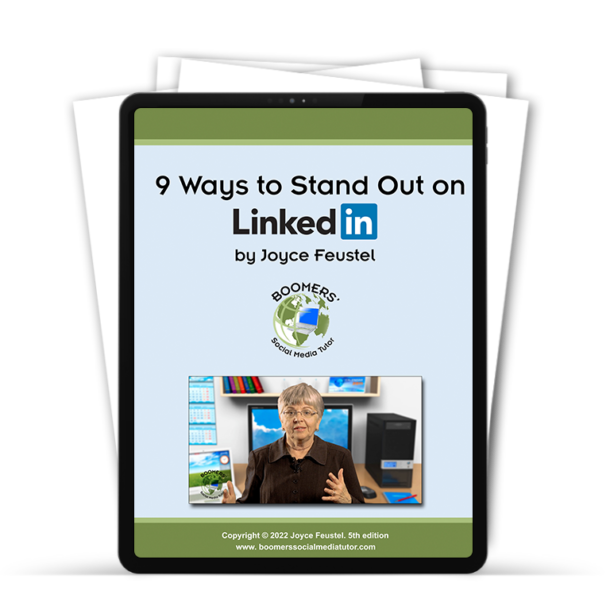Recently I facilitated a brainstorming session for an advocacy group that was sorting out their social media strategies and options – and I am still thinking about the special considerations and challenges groups like this face regarding their use of social media.
Often there is a disparate range of social media experience among the members, so it can be difficult to find appropriate language with which to adequately discuss the matters they need to address. Also, leadership in advocacy groups can be somewhat fluid, with members coming and going, not always in predictable ways.
As a result of spending time with this group and reflecting on their needs, I have developed a basic checklist to help advocacy groups make the most of social media.
This list is relevant whether the group has paid staff or not, but is designed to be especially helpful if the group is made up exclusively of volunteers.
Checklist for Advocacy Groups Using Social Media
- Determine which of the social media platform(s) is most appropriate to the mission of the group. In other words, select the platform(s) most likely to be favored by the people the group wants to reach.
- Consider what type(s) of messaging to post (mostly images, mainly text, lots of videos, etc.) and the frequency of posting.
- Select at least two members of the group to serve as the admins for the group’s presence on each social media site.
- These individuals need to commit to posting on the group’s social media pages on a regular basis, including posting both new information and responding to posts from the site’s followers. Ensure that those following this group on social media know they will find reliable and helpful information there on a regular basis.
- Provide social media 101 training for all members, so that individual members can chime in on discussions that occur on the group’s social media pages.
- Develop, discuss, and publish social media policy guidelines for the group that outline the types of things that are and are not appropriate posts (from those assigned to post for the group and from other members of the group), how to handle negative comments, and related considerations. Then review and update these guidelines periodically.
- Also included in the guidelines should be the types of “sister” organizations the group would follow on Twitter, “like” on Facebook, follow on LinkedIn, etc. Hopefully reaching out in this way will encourage the members of those groups to do the same, increasing the presence and value of social media for all.
How About You?
Have you been or are you involved in an advocacy group with a social media presence? How did that experience go for you individually? What were the benefits for the group as a whole? What advice would you offer such groups regarding their use of social media?
About Joyce
Joyce Feustel helps people, especially those age 50 and up, to become more comfortable using social media, especially Facebook, LinkedIn, Pinterest and Twitter.
She works with business owners, nonprofit organizations, retired people, consultants and many others. Find her at www.boomerssocialmediatutor.com
I will be taking the next two weeks off from blogging in order to celebrate the holidays with my real world family and friends. I wish you all the happiest of holidays and look forward to picking up again in January, 2014.

![1789096-crowd-waiting-for-pope-benedict-xvi[1]](https://boomerssocialmediatutor.com/wp-content/uploads/2013/12/1789096-crowd-waiting-for-pope-benedict-xvi1.jpg)
![0419-02[1]](https://boomerssocialmediatutor.com/wp-content/uploads/2013/12/0419-021.jpg)
![Colorful_People_In_Circle[1]](https://boomerssocialmediatutor.com/wp-content/uploads/2013/12/Colorful_People_In_Circle1.jpg)
![joycefeustel_1334461223_600[1]](https://boomerssocialmediatutor.com/wp-content/uploads/2013/12/joycefeustel_1334461223_6001.jpg)


Leave A Comment